Given the impact that such a mission would have had on the public, everyone knows that there have never been astronauts or cosmonauts near Venus. Nevertheless, several projects have been established but have never gone very far.
Apollo application program
The first project is probably one of the most serious was born in the mid-1960s in the middle of the Apollo program. It is part of the Apollo application program (AAP) missions that sought to reuse elements of the lunar program for other purposes. The three astronauts should have spent more than a year in interplanetary space for only a few hours of flyby. The mission was reportedly launched by a modified Saturn V that launched an Appolo command and service ship (CSM). The third floor (SIVB) would not have been dropped, but was added solar panels and communication antennas. After use, its hydrogen tank would have been emptied and then filled with air to make it a living module. This concept of using a reservoir as habitat is called wet workshop. The lunar exploration module would have been replaced by a compartment attached to the SIVB that would have included the equipment needed to develop the hydrogen tank. In some respects, the CSM would have had its only AJ10 engine replaced by two shorter engines in order to free up space and have redundancy. In addition to its cockpit role during launch and return to Earth, the CSM could have been used for trajectory corrections. These engines were also to be used to brake at the end of the mission for the ground return to be done at an acceptable speed.
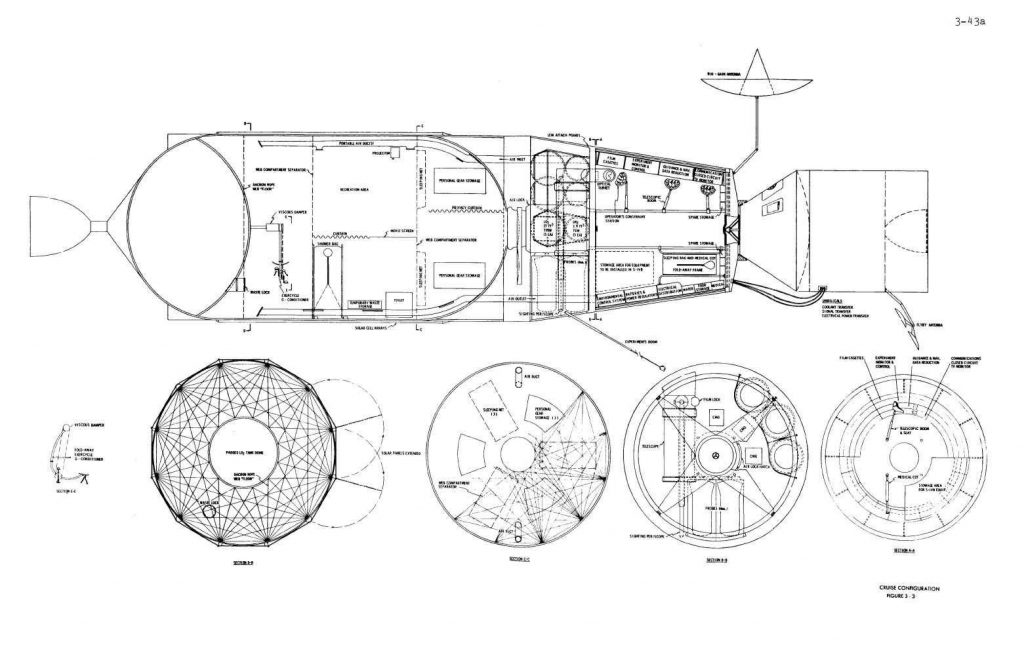
This program should have been divided into three phases. Phase A was formed solely by putting into orbit, a CSM and a modified SVIB to test the feasibility of a development of the latter. Phase B consists of a long-duration mission in high orbit over the Van Allen belt, which is therefore more exposed to radiation. This would have made it possible to simulate an interplanetary flight at best but with a fast return capability. Phase C was the Venusian flyby mission itself. The redeveloped saturn V should have taken off in October 31, 1973 for a flyby of Venus 5 months later and return to Earth at the end of 1974. But while none of these 3 missions were launched, the SIVB planning studies were used to build Skylab.
TMK-MAVR
The Soviet equivalent of the AAP project is the TMK project (for heavy interplanetary spacecraft in Russian). It was a series of interplanetary missions launched by a giant N1 rocket. One version of these missions was the MAVR for MArs-VeneRa because it was to consist of a two-year flight during which the spacecraft was to fly over Mars and Venus. The 75-t spacecraft was to be launched in one go by an N1 rocket with a hydrogen upper stage. The spacecraft included solar panels, communication antennas, probes to drop on different planets and a capsule that, once dropped, would allow the return of the three cosmonauts to Earth. Of course, since the N1 rocket never worked, the TMK project never saw the light of day.
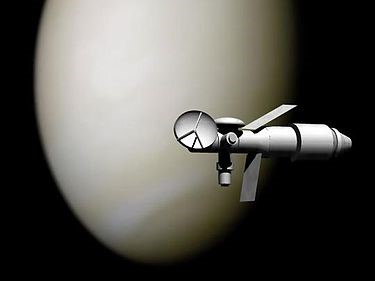
Havoc
In 2015, a NASA team conducted a manned mission architecture study on Venus called the Venus High Altitude Operational Concept (HAVOC). The program would have been divided into three phases. The first is fully automatic with a 30m long Venusian airship that would test the technologies of future stages and carry many scientific instruments. The second phase is to send astronauts into orbit around Venus without entering the atmosphere. The final phase is to allow two astronauts to explore venus’ atmosphere in a 130 m airship for a month during a one-year, 3-month mission.
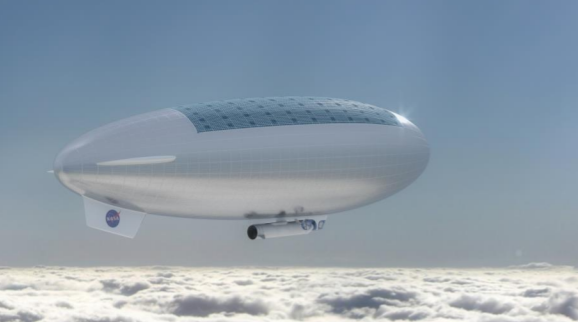
The mission requires the launch into low Earth orbit of two elements as well as propulsion stages to launch it towards Venus. The first is an interplanetary habitat that houses astronauts during the 110-day outbound journey and then 300 days of return and would remain in orbit around Venus during the 30 days of exploration. The second element includes the folded airship and would be launched before habitat. Once the two elements were in orbit around Venus, they would dock to allow astronauts to pass from the habitat to the airship. The latter, now inhabited, plunges into the atmosphere and unfolds during the fall. At the end of the 30 days of atmospheric exploration, the astronauts enter the launcher attached under the airship to regain the habitat element that would bring them back to Earth.
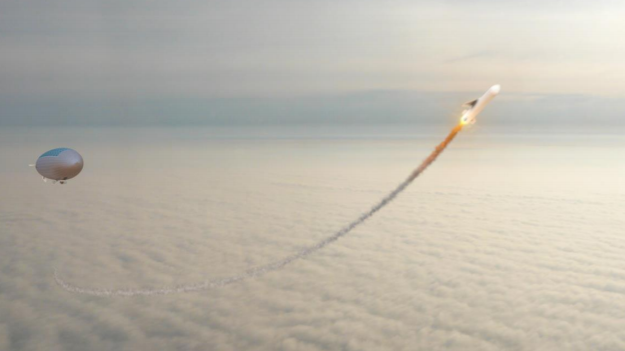
Each mission requires 2 SLS super-lourd launchers, 8 heavy commercial launchers and 2 manned launchers to bring and bring astronauts back between Earth and habitat in low Earth orbit. Taking into account this profusion of launchers, the exorbitant development costs of the various elements and the lack of scientific benefits, this mission is economically unrealistic. The Havoc project must therefore be taken for what it is, a feasibility study and a reminder of the possibilities of alternative inhabited exploration to Mars.
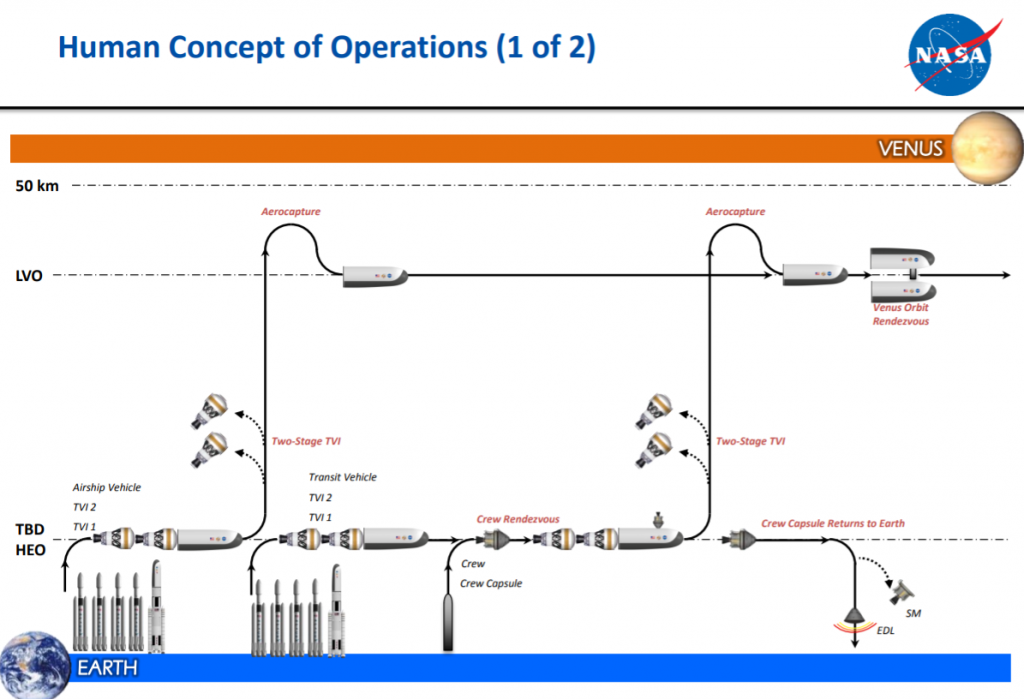
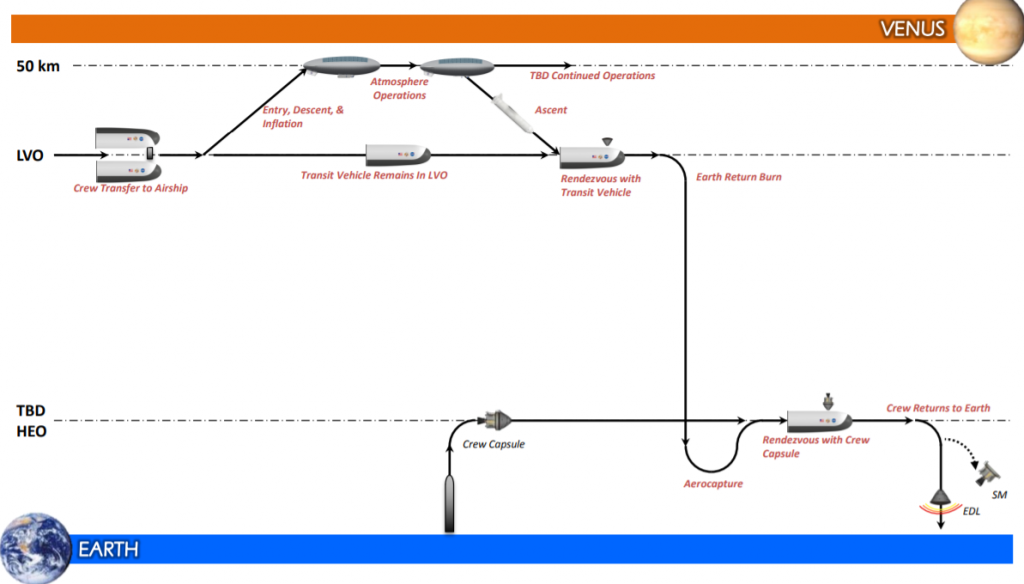
The images presented here are from the attached HAVOC project report.